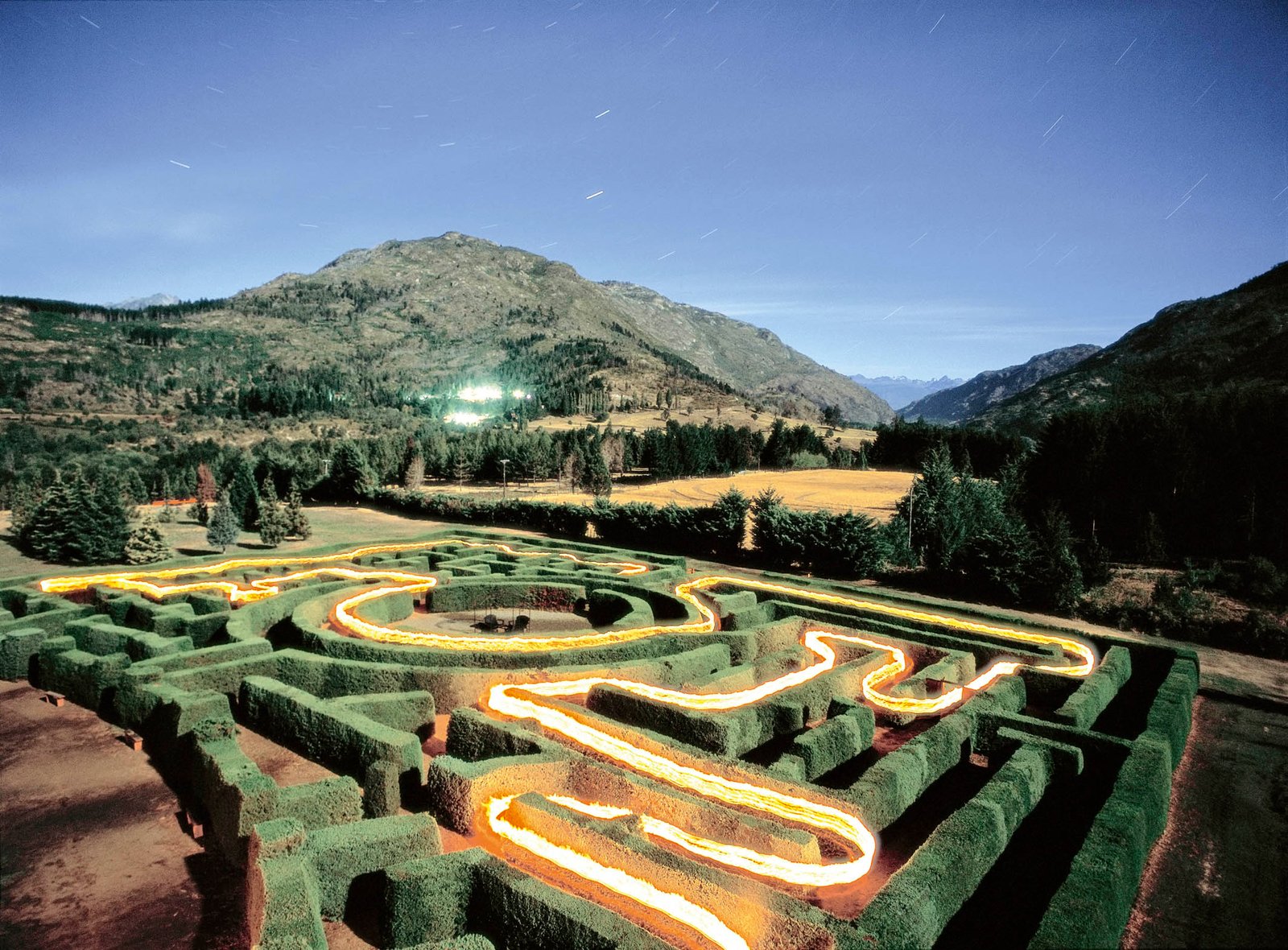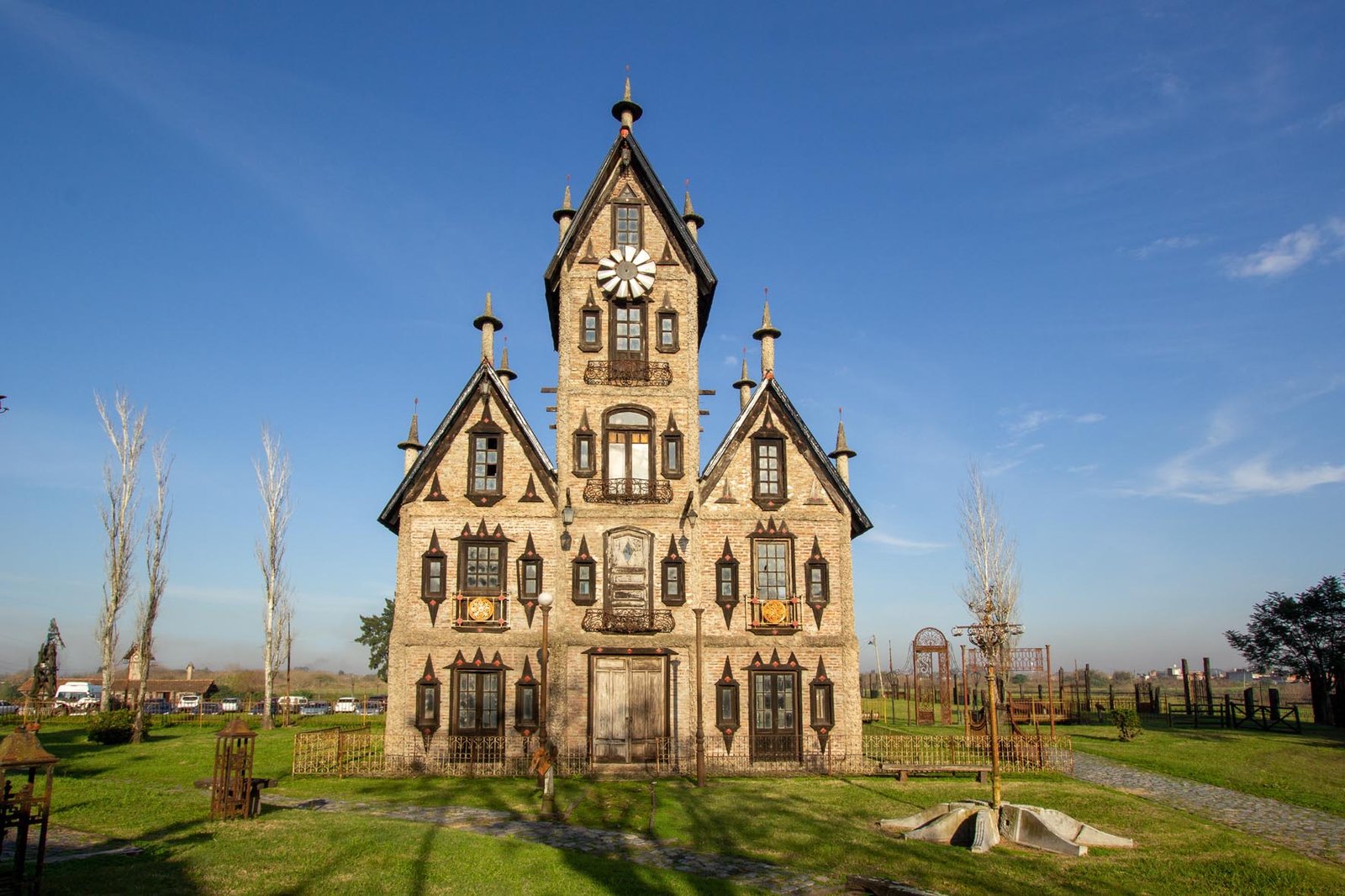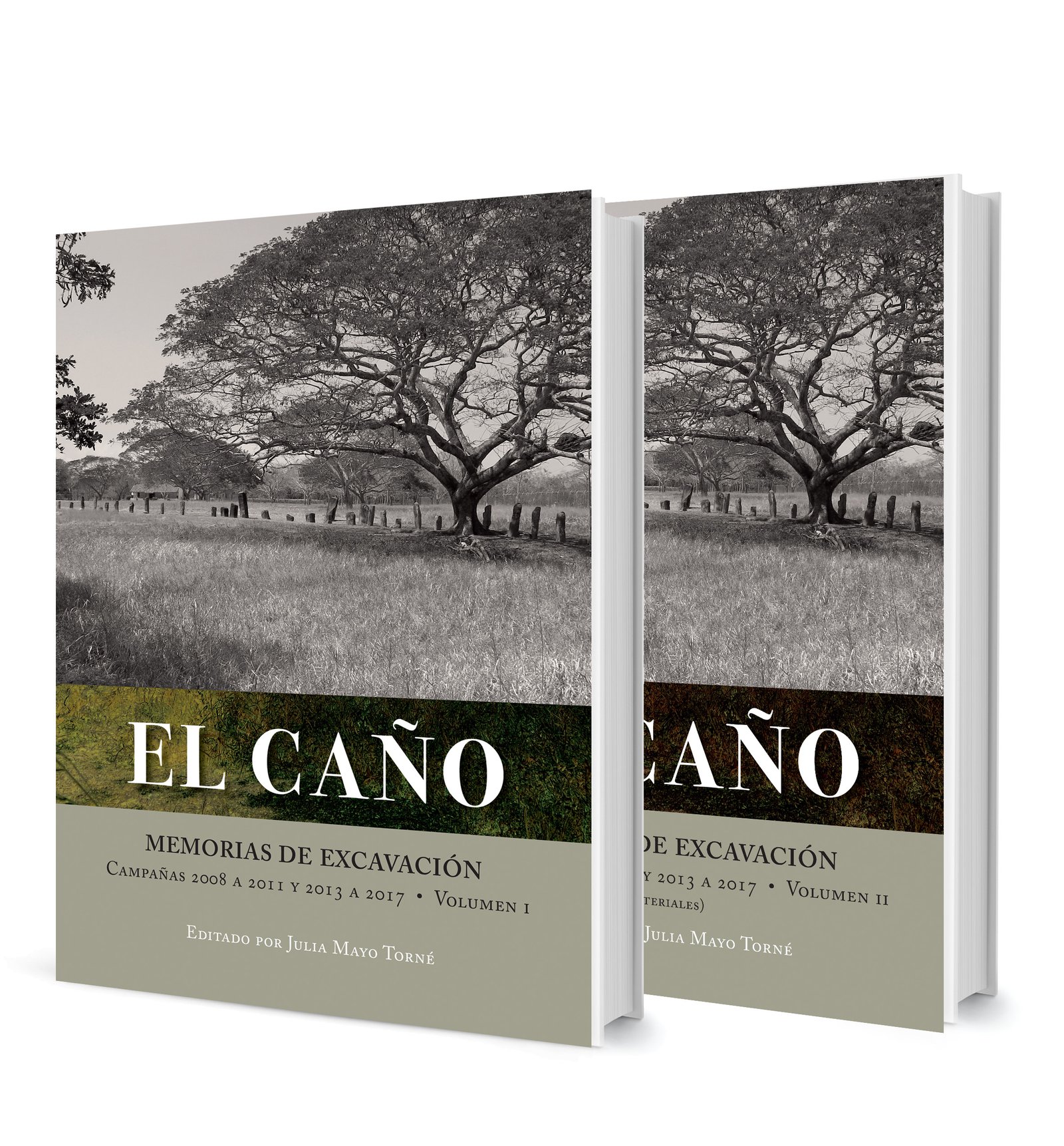
Love is a Labyrinth
By: Guido Bilbao
Photos: Alejandro Chaskielberg and Courtesy of Laberinto
Love is a journey that begins with an encounter, branches off into unforeseen byways and gets lost along the way; it can only be called love if —after time has passed— the lovers meet again in the center, free at last.
Love is a labyrinth. Doris Romera and Claudio Levi would agree. They are a living, breathing example. They met as youngsters in the south of the south, near the icy lakes of Patagonia on a night of the full moon. While camping in the woods, they found themselves on the threshold of their first kiss, embraced by the fire and the stars that blanketed the night sky. Suddenly, Claudio’s facial expression changed.
“Before anything else happens, you should know something,” he said. She was surprised by his serious demeanor, but she waited. Bioy Casares used to say that you should never ask what you’ll find out anyway.
“I have a goal in life. My mission is to build a labyrinth,” he concluded. Doris was not frightened. And they kissed.

This was the beginning of the love story that is also the story of Latin America’s largest labyrinth, a marvel that took more than ten years to design and cultivate. In the meantime, their children were born. Today, more than 10,000 tourists visit the labyrinth every month. It has become known around the world thanks to the work of award-winning photographer Alejandro Chaskielberg and his book Labyrinth, which was released at a photography festival in Auckland. It even holds its own festival every summer; the last one featured Devendra Banhart.
So, welcome to the best-kept secret in Argentinean Patagonia, located on the 42nd parallel in the valleys of Epuyén, among age-old forests, crystalline rivers, and magical landscapes.
The Mystery
Anthropologists have not been able to agree on the origins of labyrinths or the identity of their inventor. It is said that traces of labyrinths date from the Bronze Age and that they developed alongside humanity. Labyrinths were built by all cultures and in various places around the world, often during the same period. Some labyrinths were designed with spiritual or festive purposes in mind. Others were intended to combat malign spirits by trapping the spirits inside the maze or providing people with an escape from them.
The labyrinth’s webpage notes: “The labyrinth is a symbol of the spiritual world, a representation of the alternative paths and crossroads we encounter in life. Visiting, traversing, and inhabiting it is an exhilarating experience and an invitation to self-knowledge.”

The Patagonia Labyrinth, a dream fulfilled for Doris and Claudio, is located in the Argentinean province of Chubut at the bottom of the world, or more precisely, in the Epuyén River valley near the town of El Hoyo, on the road to the river estuary.
Once the pair had established their relationship, they focused their efforts on gradually bringing Claudio’s project to life, and it became Doris’s dream too. They obtained the land and slowly began the task. They never thought about opening the labyrinth to the public or turning it into a must-see attraction in Argentinean Patagonia. They just wanted to do it. As they designed the route, they had to prepare the land, clear it, level it, and render it suitable for this use.
Then came the most difficult part: the shrubs. “We obtained the Cupressus (cypress) seedlings in bunches with exposed roots. During the first year, we had to ‘nurse’ them in one kilogram pots and then transplant them to larger pots.” While waiting for the shrubs to grow, they ruminated on the labyrinth’s final form. Levi speaks of sleepless nights spent drawing maps and intensely studying the Kabbalah, history, sacred geometry, mythology, philosophy, and magic.

“Actually, it is as if the labyrinth had always been there, waiting for me and my destiny,” he claims. “What I remember are the emotions and feelings I experienced during its conception, even the year when I was so discouraged that I tried to abandon the project. But the labyrinth wouldn’t let go of me; it insisted and it was stronger than I was.”
The long-awaited moment finally arrived. They planted the shrubs and shaped the labyrinth. They traced it on paper, then on cardboard, and finally on the ground, using string and lime; they had no mathematical knowledge, merely a strong passion.
This process took several months, but they were far from finished. There were days of waiting, of watching the shrubs grow, pruning them, and watering them until the labyrinth took on its own form to finally became a living organism.
They used to meditate in the inner patios and traverse the maze at night; they invited friends. It was a family playground, but more than that, a spiritual space that brought peace and joy. One day, local schools took an interest and requested permission to visit. The children told their parents, who also wanted to visit. Gradually and unintentionally, the legend of the loonies of the labyrinth began to spread. They decided to open the labyrinth to the public. They built a café with lovely views of the labyrinth and the mountains, and they opened it to tourists in 2014. It was an instant success.
The lot covers some 12,000 acres and includes around 86,000 square feet of paths and inner patios; it is an immense green field surrounded by giant mountains. A few miles away is Lake Epuyén, a wondrous sheet of water ringed by snowy mountains; visitors can sail the lake in the summer and brave souls can take a dip in the snow-melt waters.

While the natural setting is incomparable, the most striking aspect of the Patagonia Labyrinth is the silence. Visitors, including over-excited children, may arrive here in loud, full tourist mode, but everyone slowly slips into a sort of trance, as if something very ancient had awakened the dormant cosmos of self.
Even though everyone knows it’s all a game that no one will get lost and no monster will devour them, they still enter warily, feeling a touch of fear and uncertainty.
They traverse the labyrinth and wander lost until they finally find themselves. Their bodies regain a childlike fluidity, making life, at least for a moment, a bit better.
It generally takes about an hour to traverse the labyrinth. We won’t give you any hints about paths that end in dead ends or doors that open or close along the way, complicating the route. There are always people who take a lot longer. They might stop in the inner patios to connect with some sort of millenary energy that can be reclaimed only here. In the afternoons, Doris and Claudio once again traverse the dream fulfilled, but now imbued with so much life.
“When everyone leaves and only Claudio and I are here, we enter the labyrinth and traverse it again: it’s amazing. We can feel it throbbing and pulsing from all the positive emotions of the people who were here during the day, as if it were a battery storing all that energy. You have to be there to understand; it’s magic,” says Doris.




